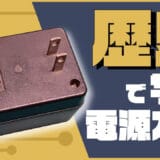コンテンツ
YouTube
0:18 What is LED in the first place?
1:25 A Look at LED Products Around the World
2:24 Why connect a resistor to an LED?
3:18 Summary
Why connect a resistor to LEDs|Introduction to Practical Electronic Circuits with LTspice


For those who are interested in this topic, we will talk about "rethinking why we connect resistors to LEDs.
The rest of this video is explained in the CQ Publishing newsletter.
Please also see here.
Please read this article to the end so that you will understand why resistors are connected to LEDs.
What is LED?
First, a brief explanation of what LEDs are is given as a preliminary knowledge.
The structure consists of a hole-rich P-type semiconductor and an electron-rich N-type antiferromagnet, which is called a "PN junction.
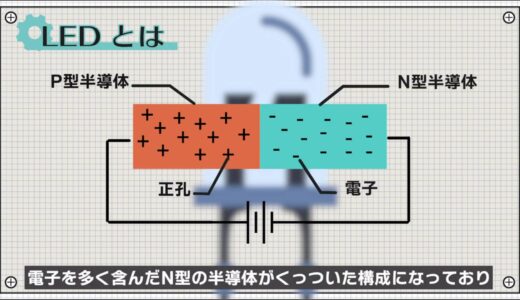 | 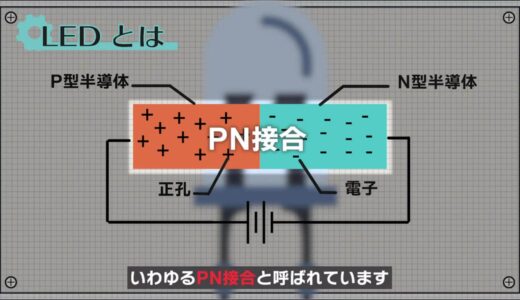 |
This PN connection is normally electrically balanced, so no electrons are transferred.
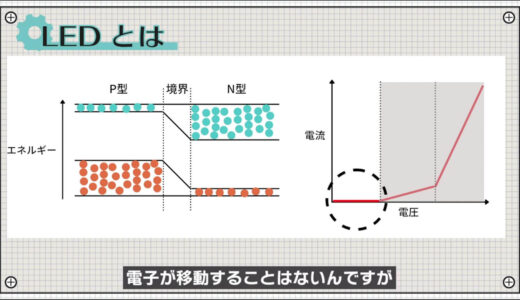
However, when voltage is applied from the outside, the balance is disrupted and electrons gradually move and current begins to flow.
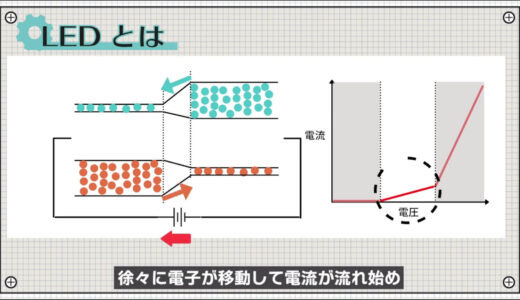
And there is a characteristic that the current flows rapidly after a certain threshold.
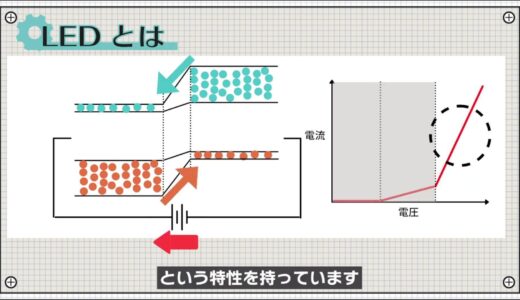
If the horizontal axis is the "magnitude of voltage applied from outside" and the vertical axis is the "flowing current," a curve similar to the graph in the following image is drawn.
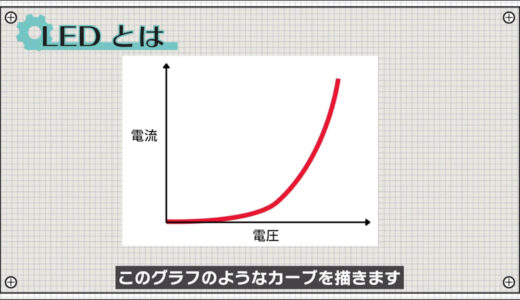
This characteristic is sometimes called the "forward characteristic" or "Vf characteristic" of the LED.

And LEDs are always connected to a set of resistors.
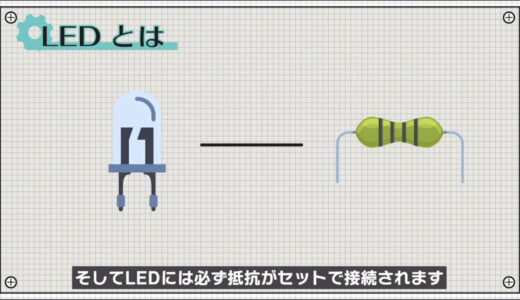
A look at LED products in the world
Let's pick up some LED products in the world and check them out.
First, let's look at the LED tape we bought at Akihabara.
As shown in the image below, LED tape is a product with many LEDs on a long, thin wire in the shape of a tape, which can be plugged into a 5V USB port to turn on many LEDs.
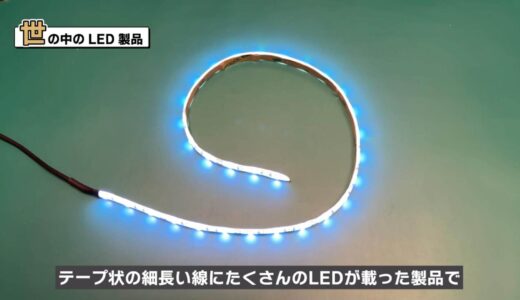
As shown in the following image, a closer look at the contents reveals that resistors are connected between LEDs in equal-sensory alignment.
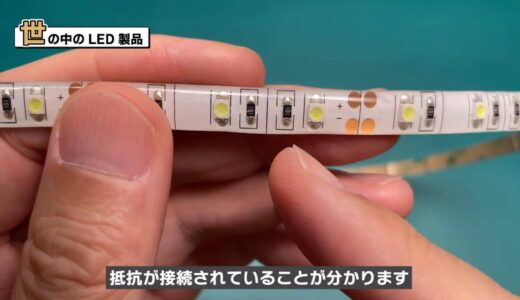
Finally, let's look at the LEDs that came with the "AgIC" conductive ink starter kit.
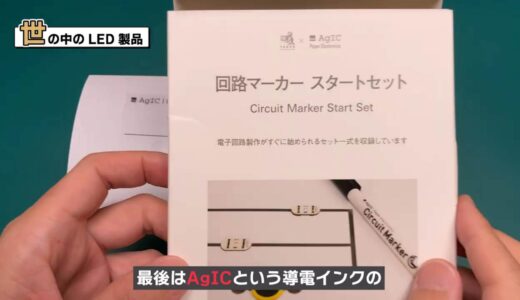
AgIC" is a product that makes it easy to enjoy electronic construction by allowing users to create circuits as if they were drawing on a piece of paper.
As shown in the following image, LEDs could be easily attached.
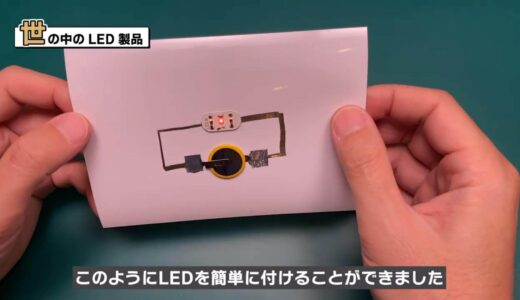
And this circuit also looks like only the LEDs are connected, but if you zoom in on the LED board, you can see that there is a resistor firmly on it.
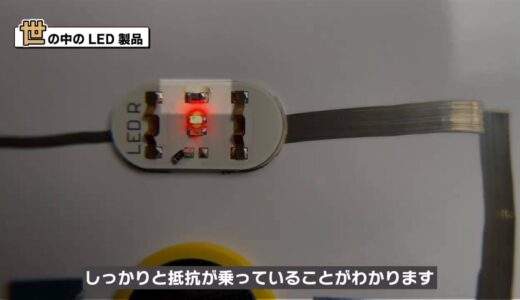
As shown above, it was confirmed that products in the world always include a resistor in combination with the LED.
Reasons for resistor connection to LEDs
Finally, here are the reasons for making resistor connections to the LEDs.
In conclusion, there are three reasons to connect a resistor
- LED Protection
- Stabilization of LED light intensity
- Power Supply Protection

We will take a closer look at the reasons for connecting resistors.
summary
In this article, we have introduced the reasons for connecting a resistor to an LED.
The information discussed here is up to an overview level, so if you want to know more details, please take a look at the newsletter as well.
The newsletter explains a more detailed concept of the operating point and how to analyze the operating point in a simulation.

 Start electronics
Start electronics 


